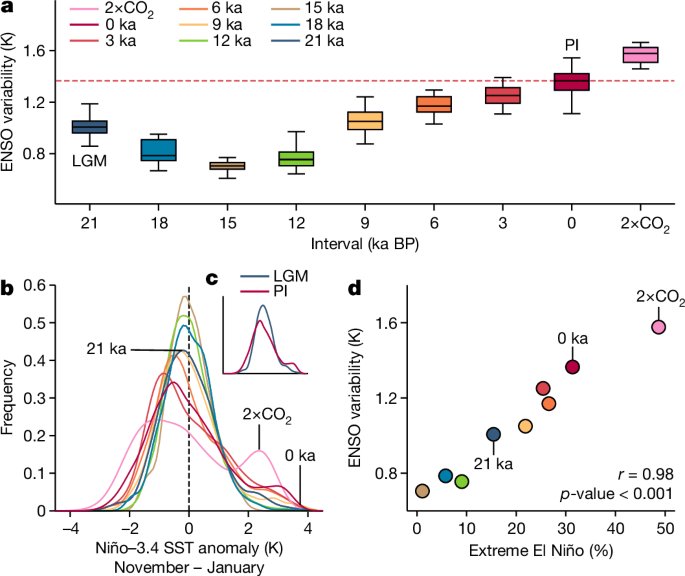2024-09-26 カリフォルニア大学バークレー校(UCB)
<関連情報>
- https://news.berkeley.edu/2024/09/26/this-rocky-planet-around-a-white-dwarf-resembles-earth-8-billion-years-from-now/
- https://www.nature.com/articles/s41550-024-02375-9
白色矮星の周りを回る地球型岩石惑星と褐色矮星 An Earth-mass planet and a brown dwarf in orbit around a white dwarf
Keming Zhang,Weicheng Zang,Kareem El-Badry,Jessica R. Lu,Joshua S. Bloom,Eric Agol,B. Scott Gaudi,Quinn Konopacky,Natalie LeBaron,Shude Mao & Sean Terry
Nature Astronomy Published:26 September 2024
DOI:https://doi.org/10.1038/s41550-024-02375-9

Abstract
It has been theorized that terrestrial planets born beyond 1–3 au could avoid being engulfed during the red-giant phases of their host stars. Nevertheless, only a few gas-giant planets have been observed around white dwarfs (WDs), the end product left behind by a red giant. Here we report on evidence that the lens system that produced the microlensing event KMT-2020-BLG-0414 is composed of a WD orbited by an Earth-mass planet and a brown dwarf companion, as shown by the non-detection of the lens flux using Keck adaptive optics. From microlensing orbital motion constraints, we determine the planet to be a 1.9 ± 0.2 Earth-mass (M⊕) planet at a physical separation of 2.1 ± 0.2 au from the WD during the event. By considering the system’s evolutionary history, we determine the brown dwarf companion to have a projected separation of 22 au from the WD and reject a degenerate model that places the brown dwarf at 0.2 au. Given the planetary orbital expansion during the final evolutionary stages of the host star, this Earth-mass planet may have existed in an initial orbit close to 1 au, thereby offering a glimpse into the possible survival of planet Earth in the distant future.



